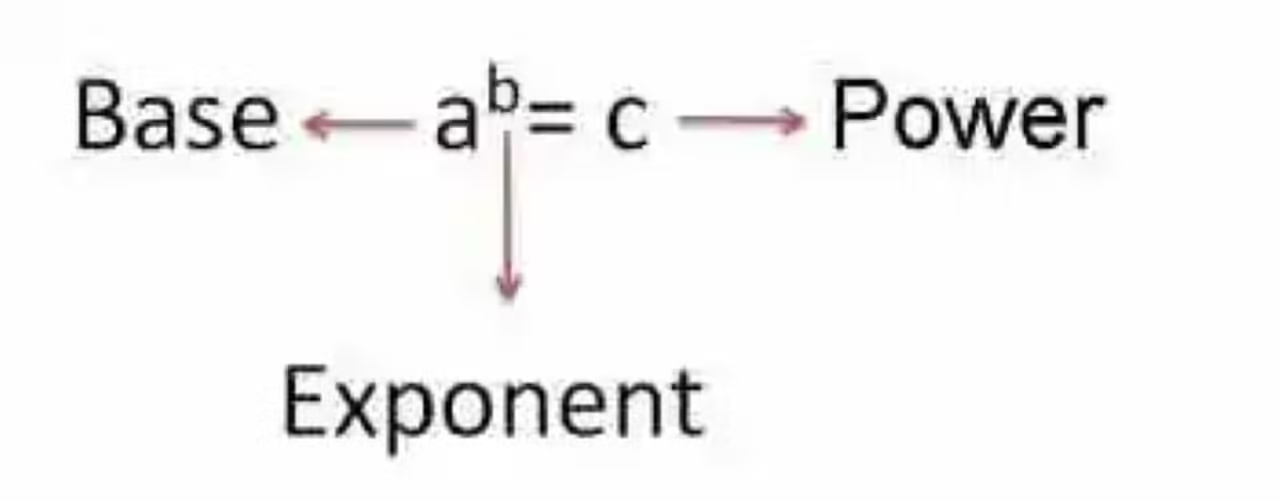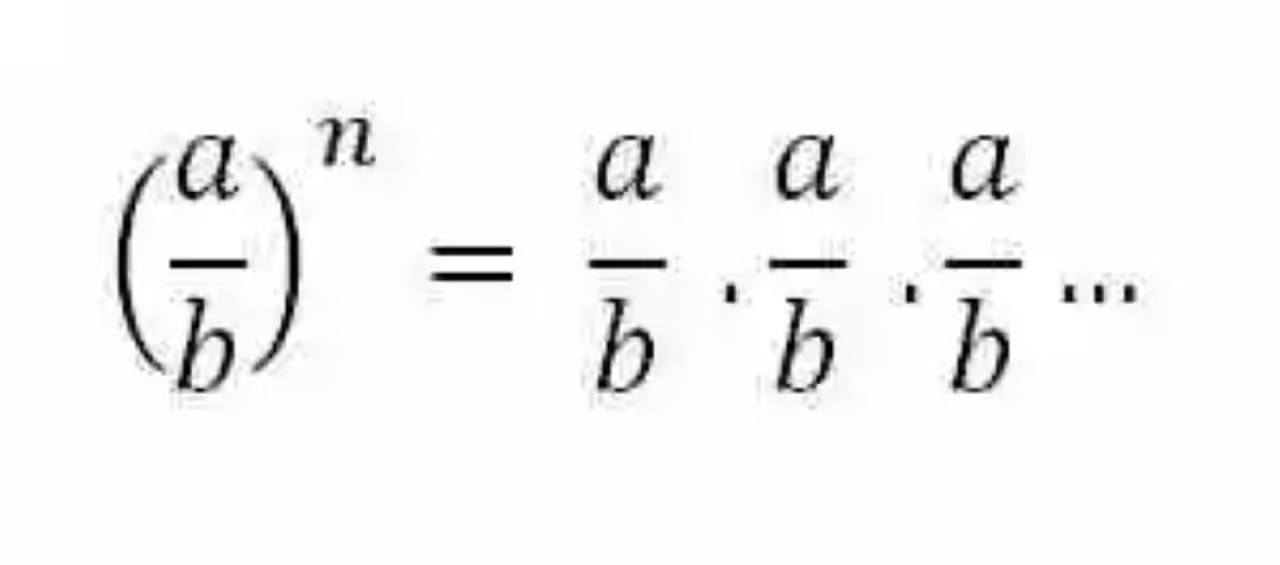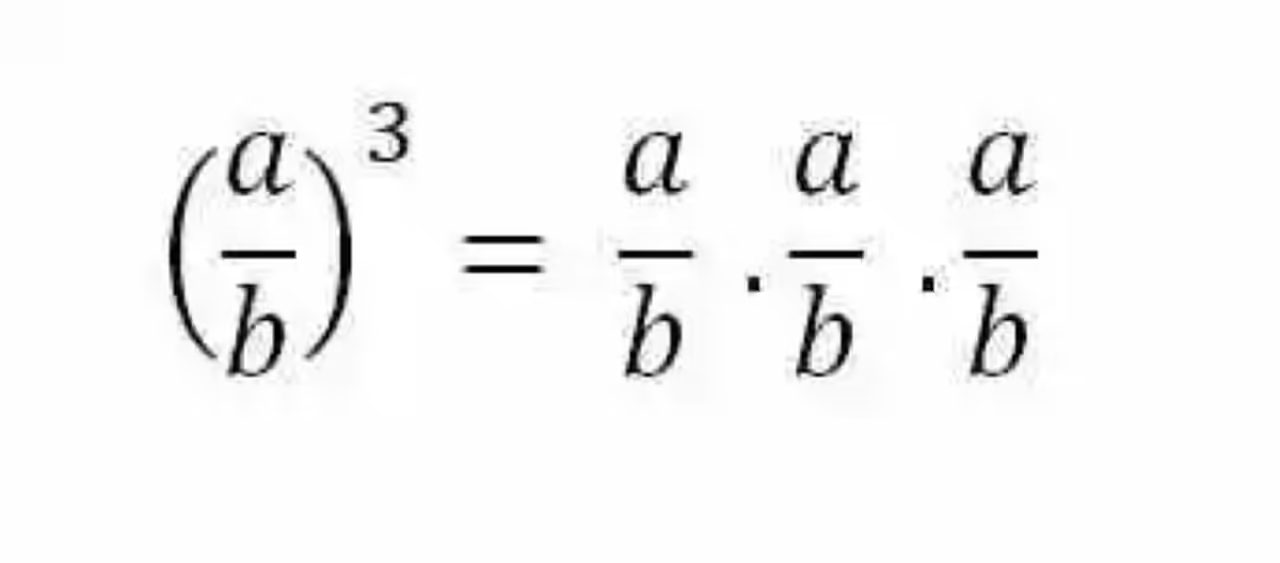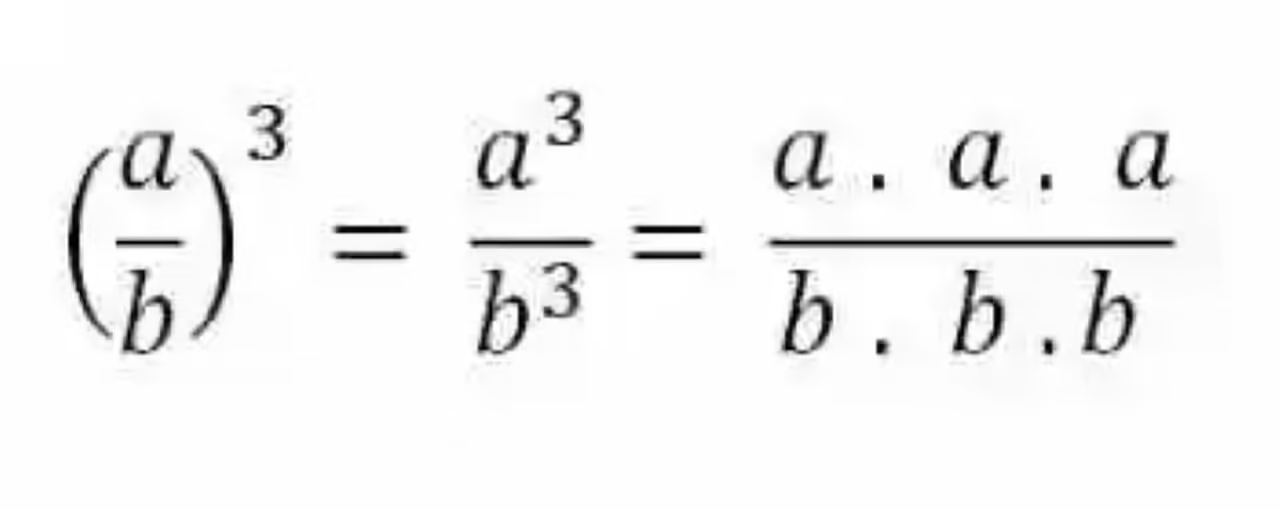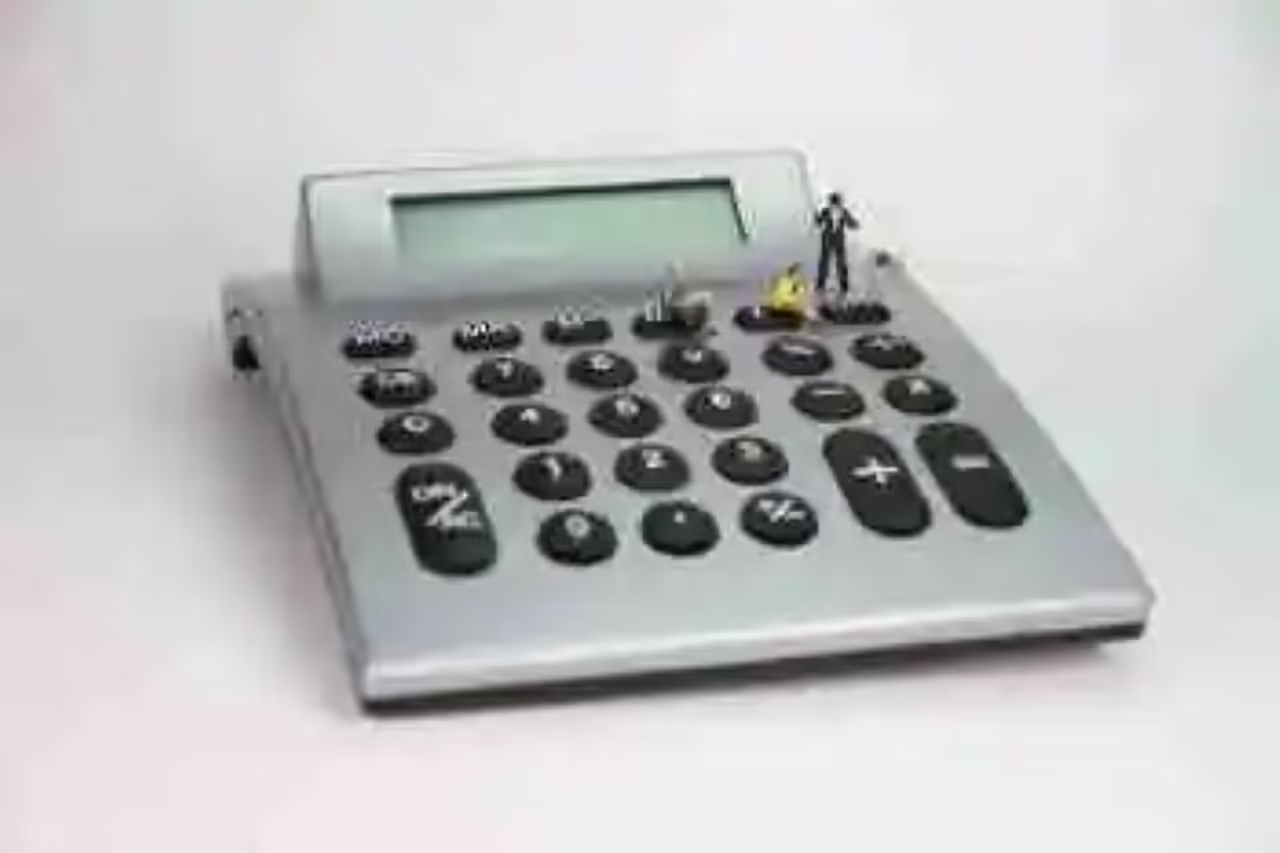Before advancing an explanation of how the cube of any fraction should be calculated correctly, perhaps it is best to briefly review some definitions, which will allow you to understand this operation in its fair mathematical context.
Fundamental definitions
In this order of ideas, it may also be prudent to delimit this conceptual review to three precise notions: Power-up, Fractions, and Rational-Based Powers, as these are the mathematical operations and expressions directly involved in the procedure that leads to calculating what the product is of raising any fraction to an exponent equal to three.Here are each of these concepts:
Empowerment
In this way, you will begin by saying that The Mathematics has defined Potentiation as an operation in which the main purpose is to determine what product is obtained by multiplying a number by itself, as many times as instructed by a second element which would lead to the assertion that the Empoweror can also be seen as an abbreviated multiplication, which would have the following mathematical expression:
an = an1 . an2 . an3 …
Thus, the various sources choose to point out the Power-up as a mathematical procedure consisting of three elements, which have the following position and definition:
- Base: It will be the numeric element that multiplies itself as many times as the second number involved in the operation points to it.
- Exponent: For its part, the exponent will be the number that tells the base how many times it should multiply on its own.
- Power: Finally, the power will be interpreted as the final result of the operation, that is, the product of multiplying the base by itself as many times as the exponent dictates.
Fractions
It will also be necessary to take a moment to review the concept of Fractions, which in turn have been explained by Mathematics as one of the two types of expressions with which fractional or rational numbers can count, i.e.,that the fractions will be used to represent non-exact or non-whole quantities. Similarly, mathematical discipline indicates that these expressions are made up of two elements, which are in turn explained as follows:
Numerator: First, the Numerator will be the numeric element that occupies the top of the fraction. It is intended to point out how many parts of the whole have been taken, or how many parts of the whole represents the fraction.
Denominator: Second, the Denominator will then be the element that constitutes the bottom of the fraction. Your task will be to indicate how many parts the unit or the whole is divided, of which the fraction represents only a few.
Rational base power
Finally, it will also be important to cast lights on the definition of Rational-based Powers, which will basically be those operations where the base turns out to be a rational number or a fraction. As in full-base power-up operations, in the case of rational bases the result will be obtained by multiplying that fraction on its own as many times as the exponent points out to it. This operation may be expressed mathematically as can be seen below:
Cube of a fraction
Once each of these definitions have been revised, it is perhaps certainly much easier to address an explanation of the operation called A Fraction Cube, which can be explained broadly as the mathematical procedure developed with the in order to raise a certain fraction to an exponent equal to three, a fact that basically translates to multiplying the fraction by itself a total of three times. As in any operation of rational base powers there will be two solution options:
The first option, which will indicate to multiply the fraction directly by itself the times the exponent says, as indicated by the definition of the potentiation, and which can be expressed as follows:
Or secondly, apply what mathematics has called the general formula of the power of a fraction, which is then to raise each element of the fraction to the designated exponent, and solve it separately, which in turn will be expressed as follows:
Example of the cube of a fraction
However, it is likely that the most efficient way to complete an explanation of the indicated way of calculating the cube of a fraction is through the exposure of a particular example, which will allow us to see in practice how the theory is met ,as can be seen in the following financial year:
Calculate the cube of the fraction provided below:
To comply with the postulate, some of the two response options offered by rational base powers must then be applied.In this precise case, the general formula of fractional powers shall be applied, i.e. that each element of the fraction shall be raised to the cube separately:
Seeing that there is no number to simplify this fraction is then assumed as the final result of the operation.
Picture: pixabay.com

